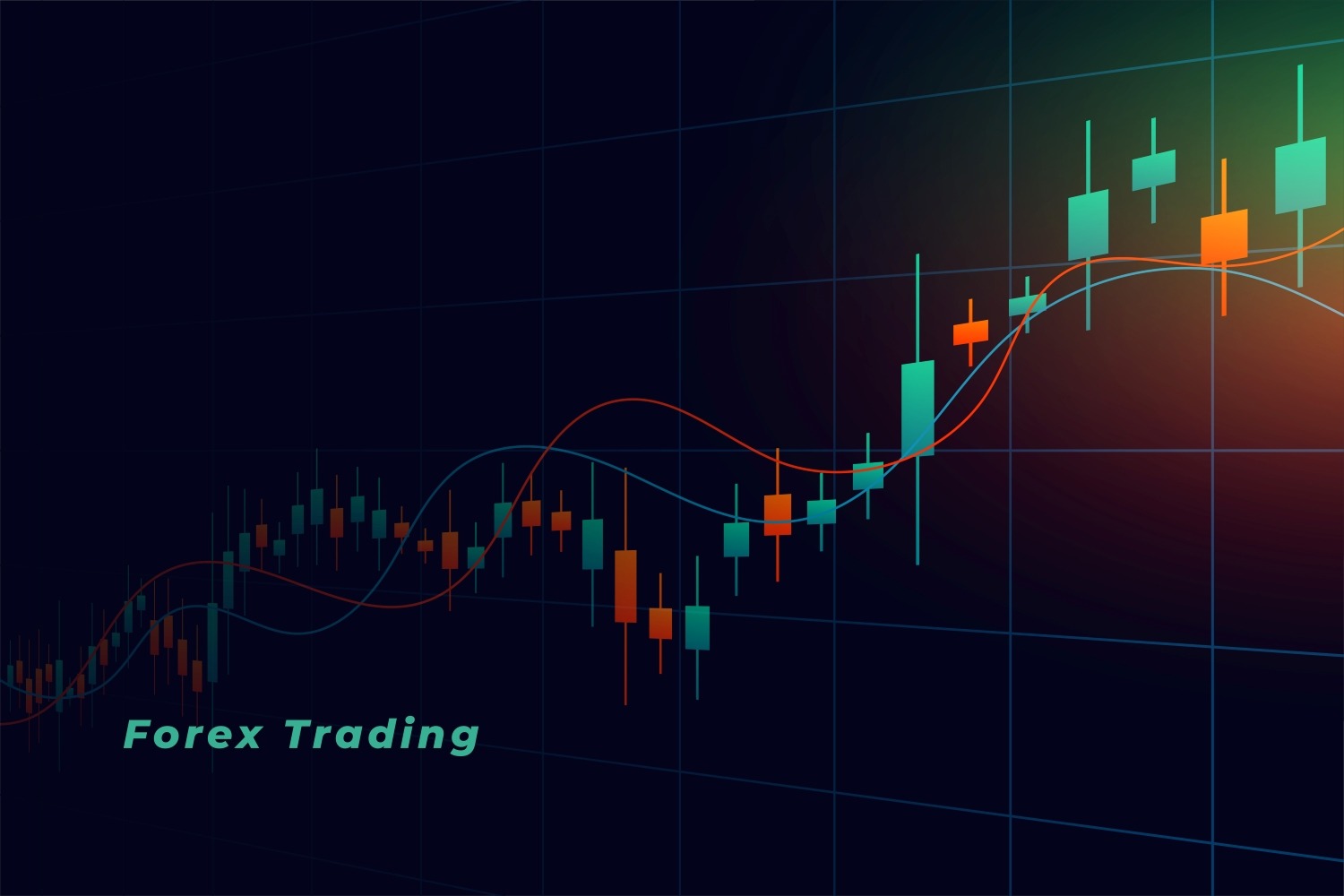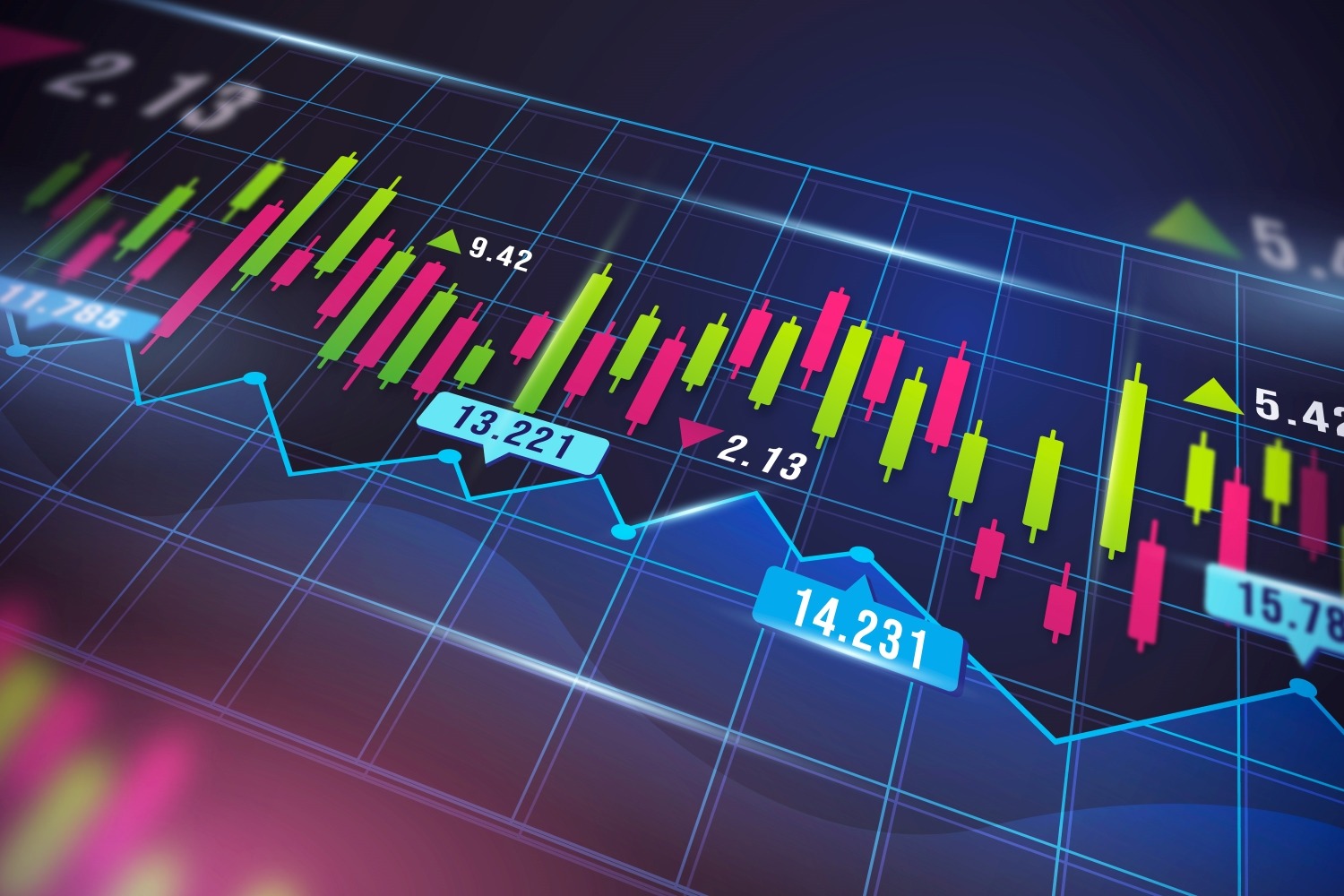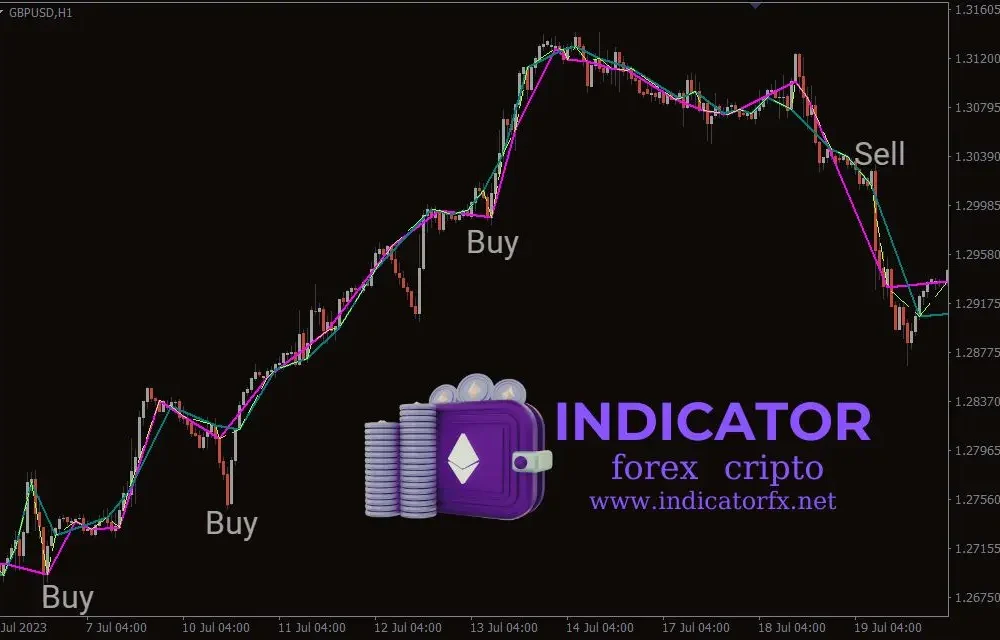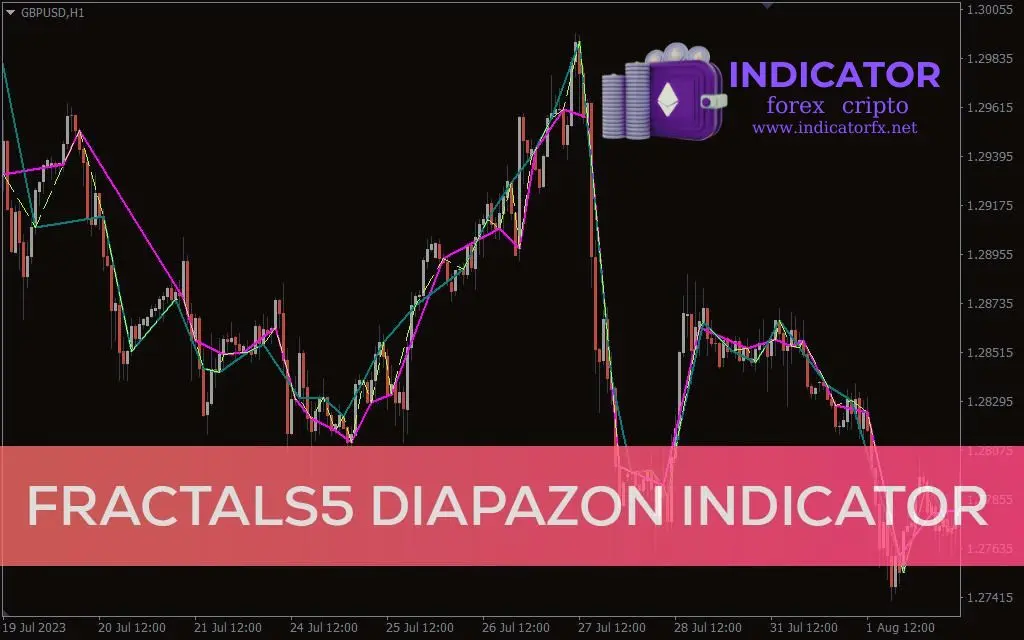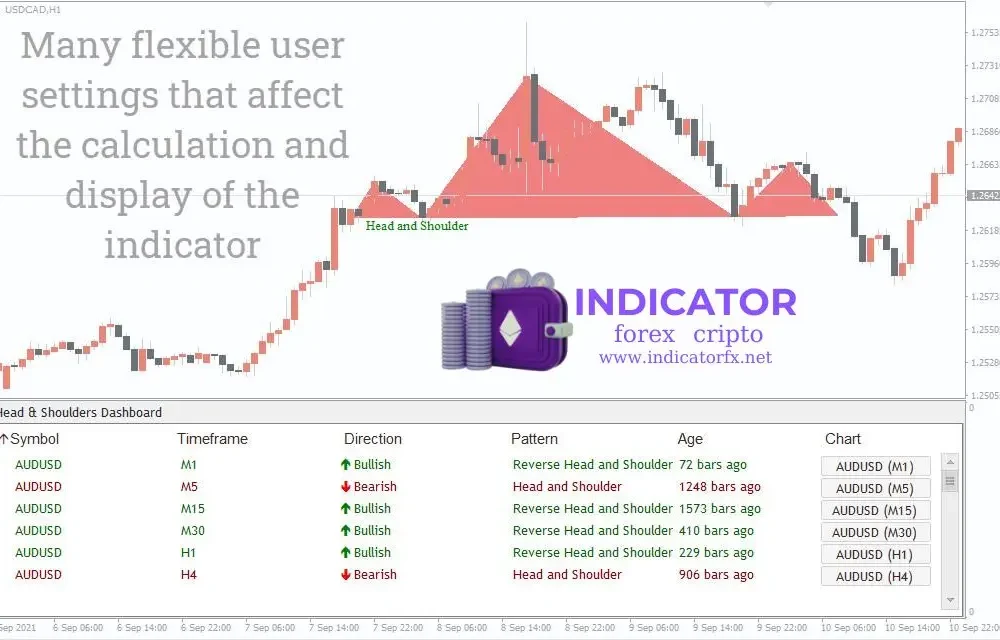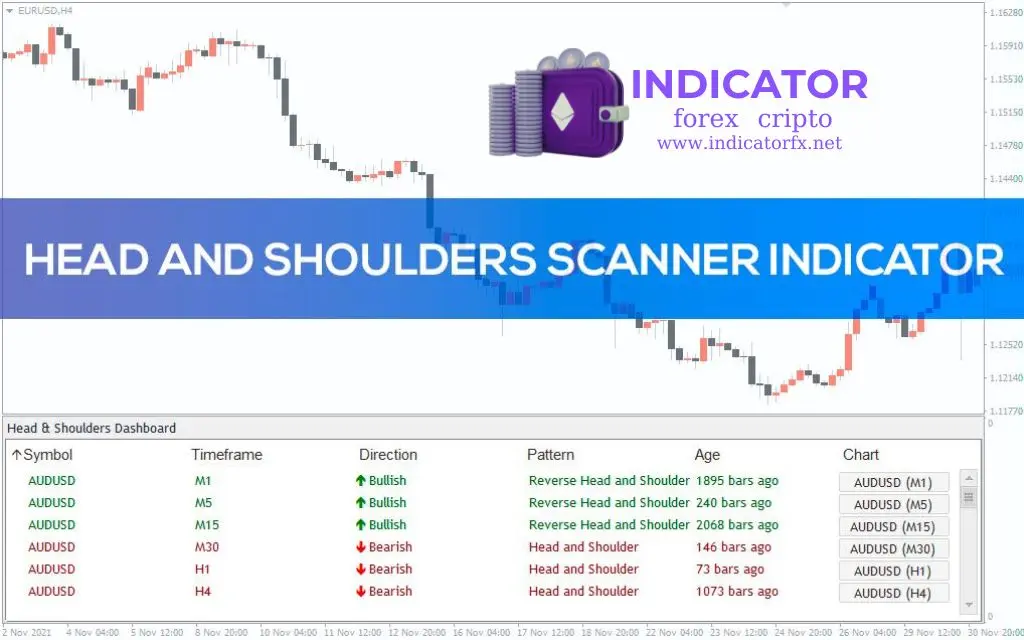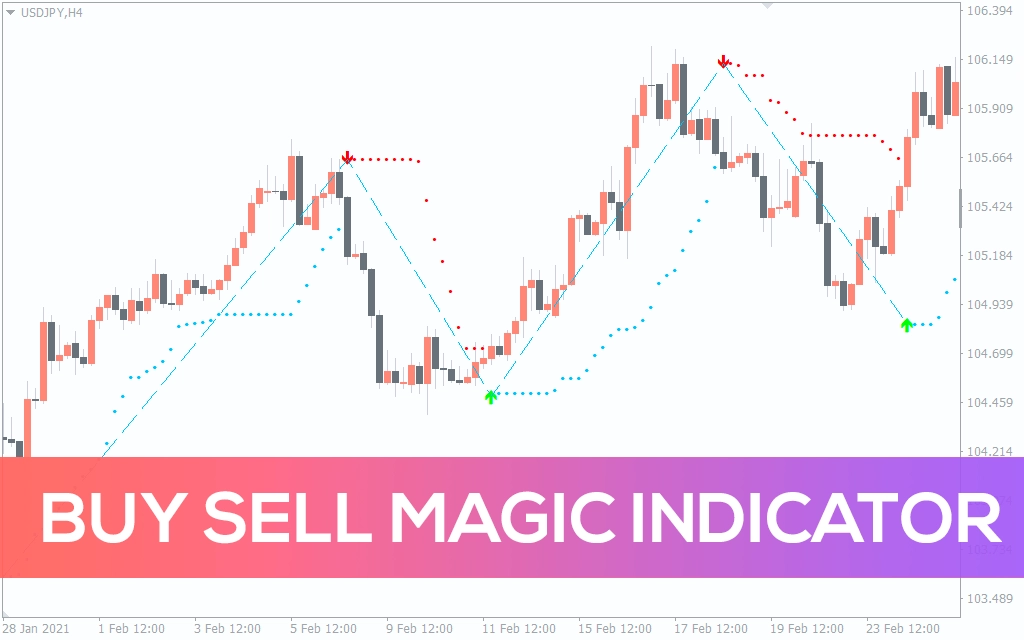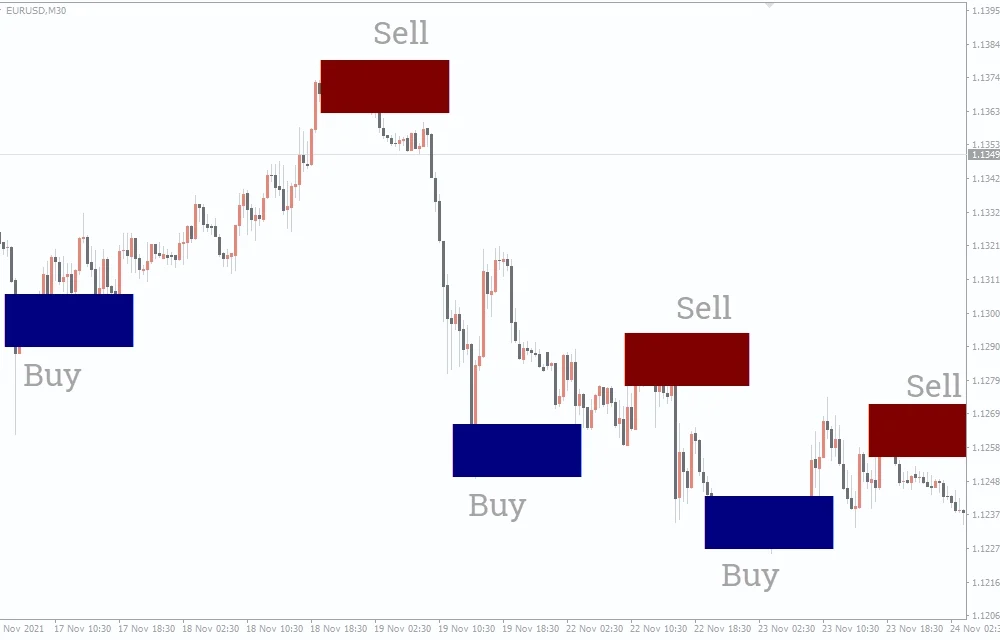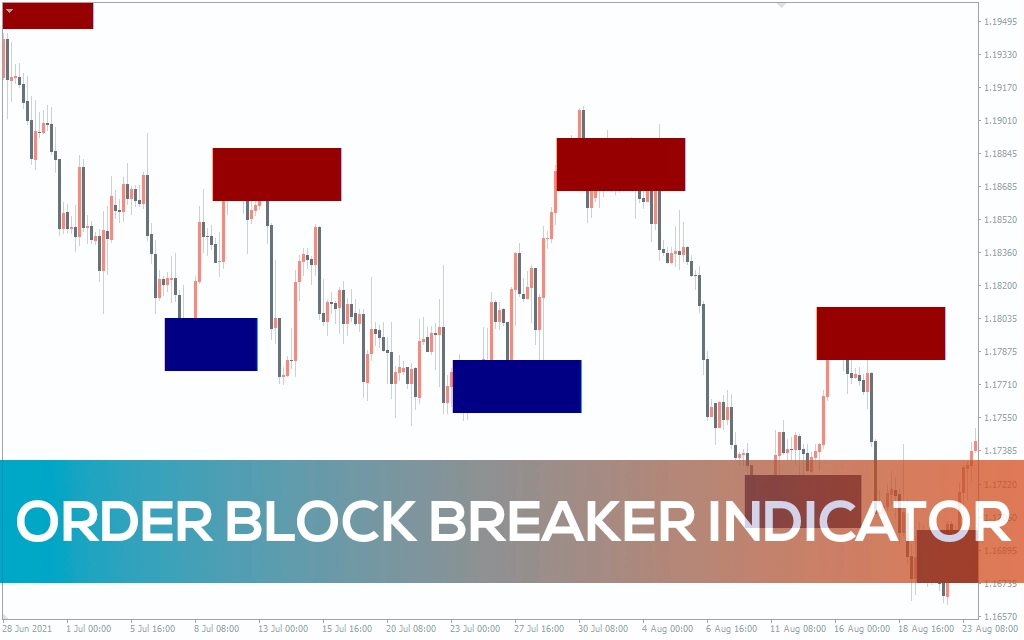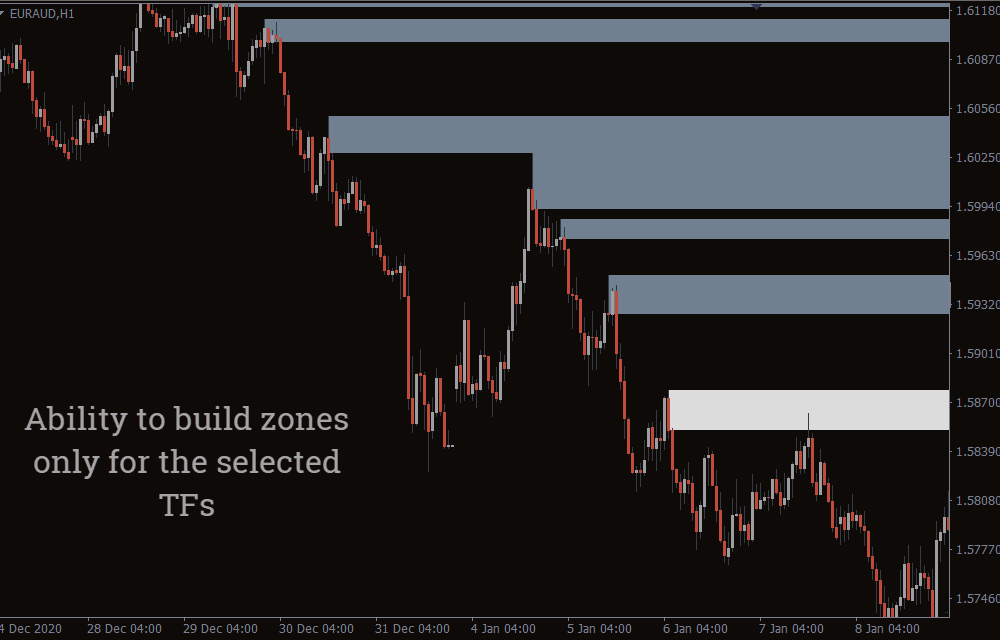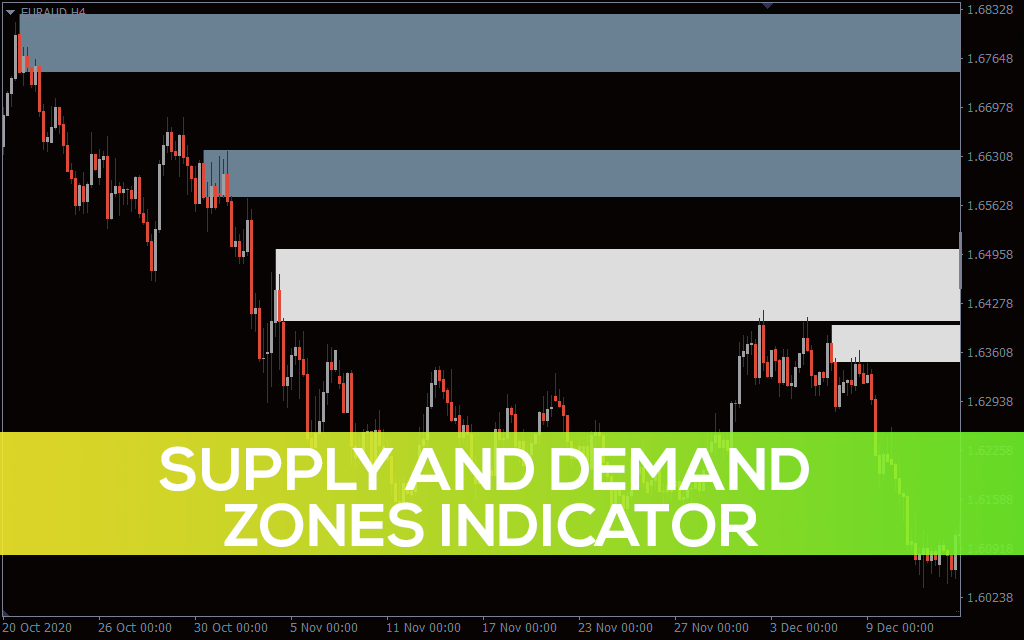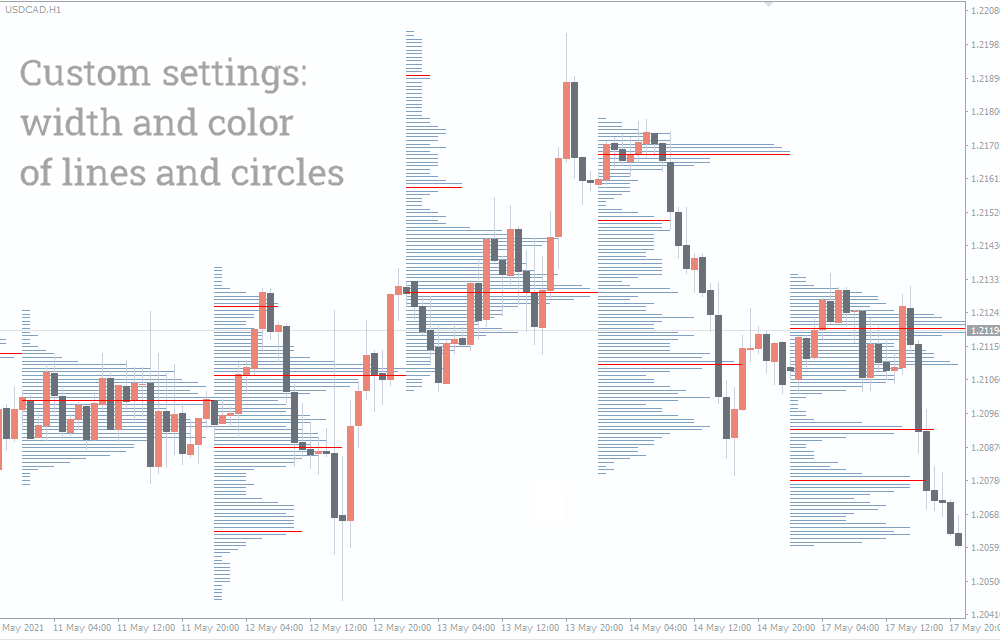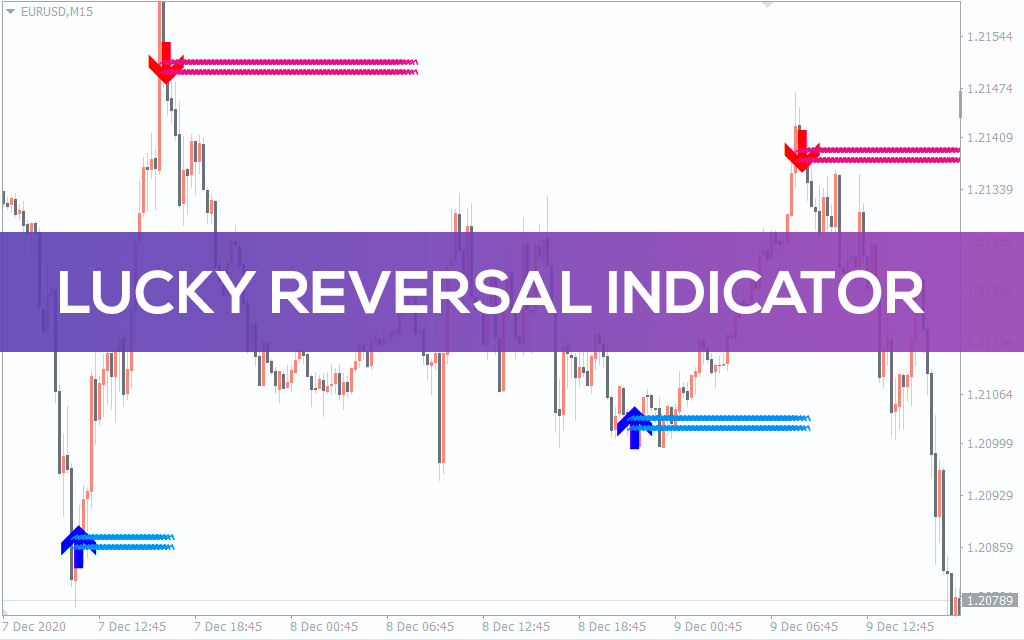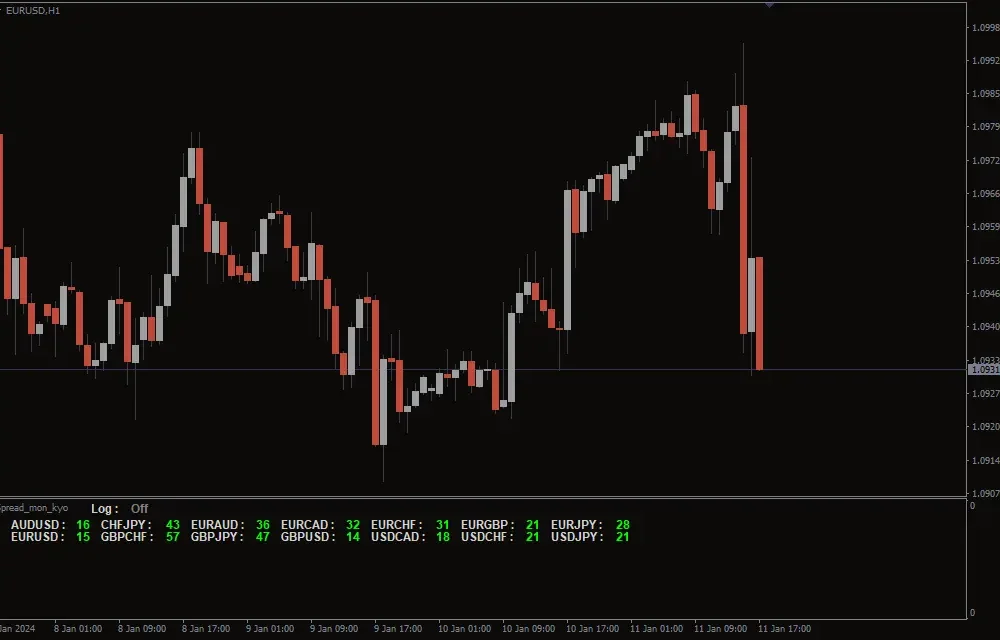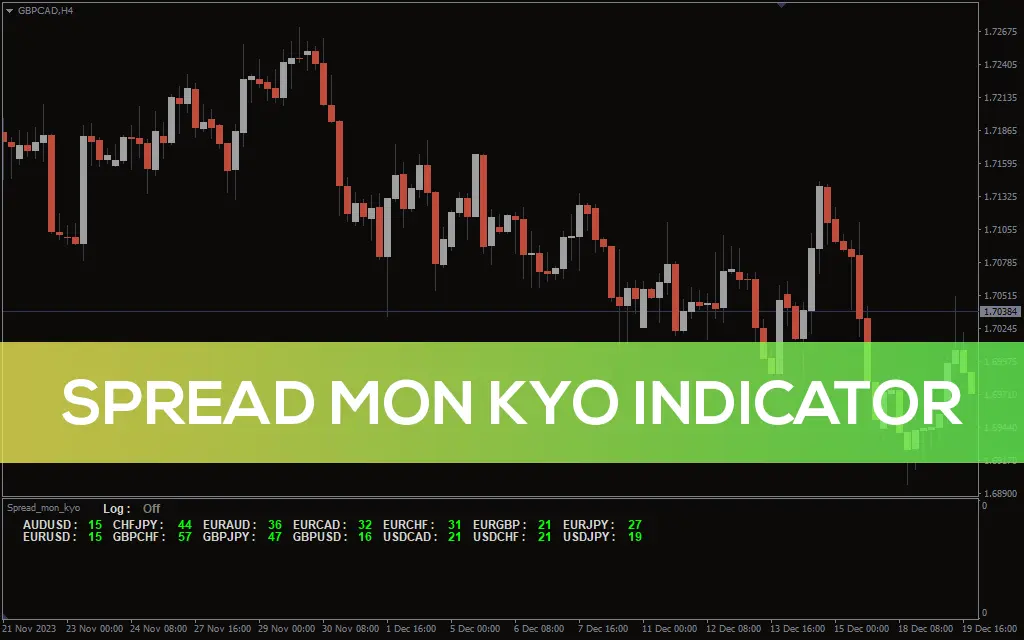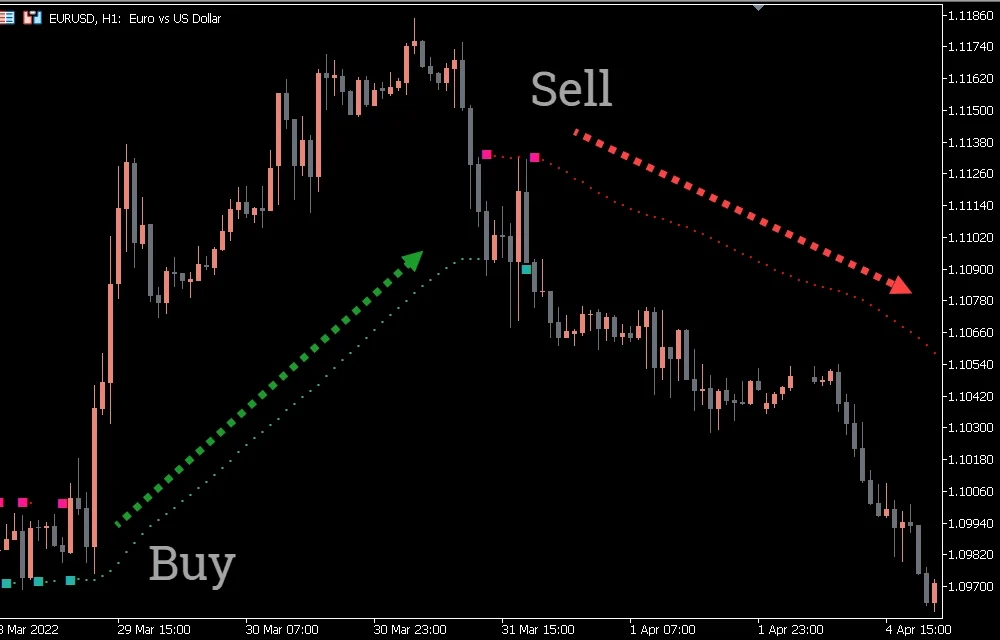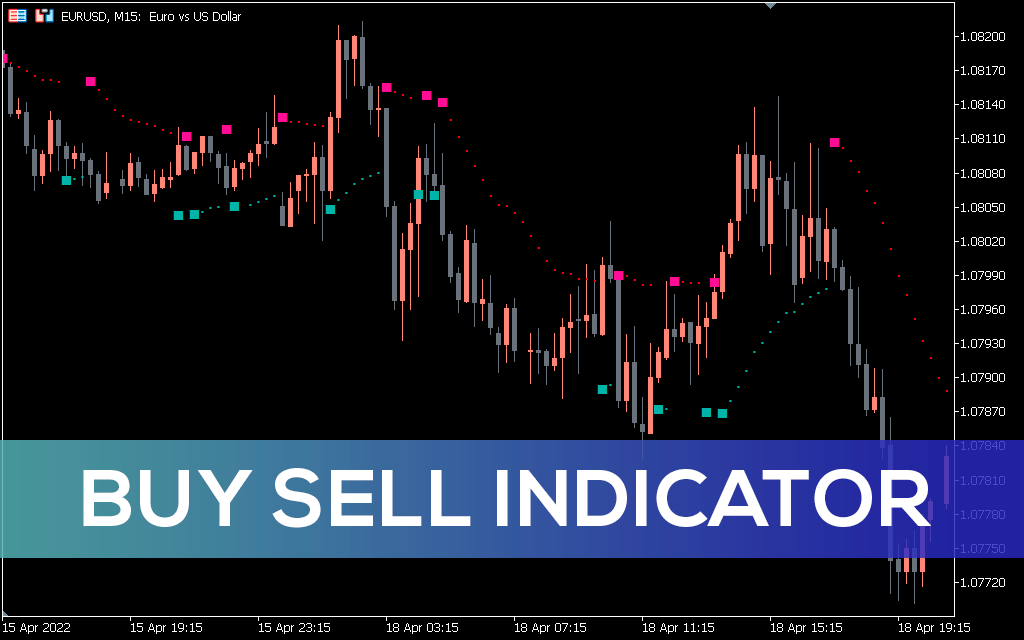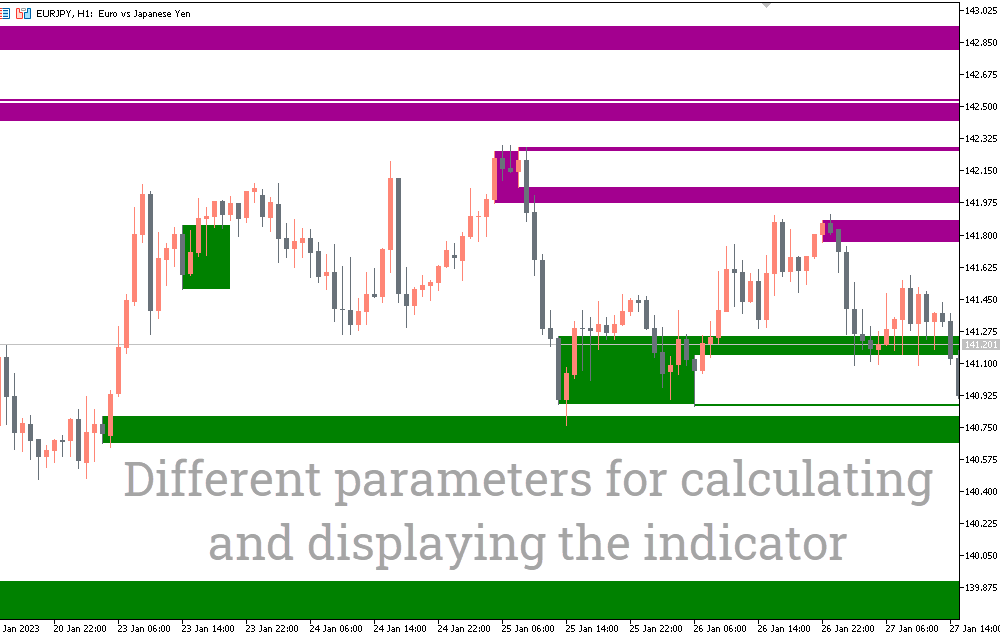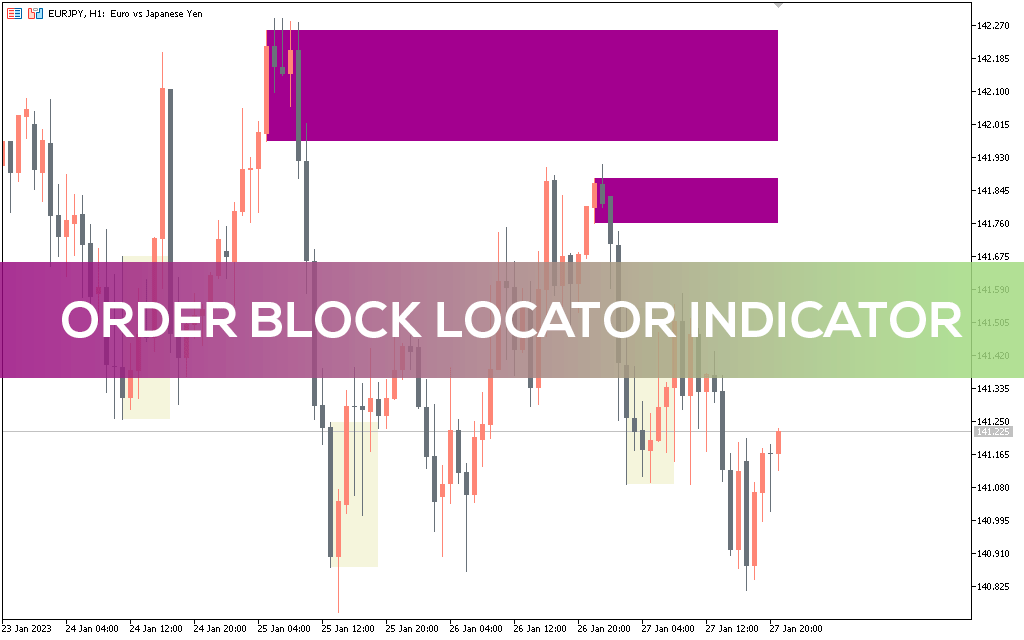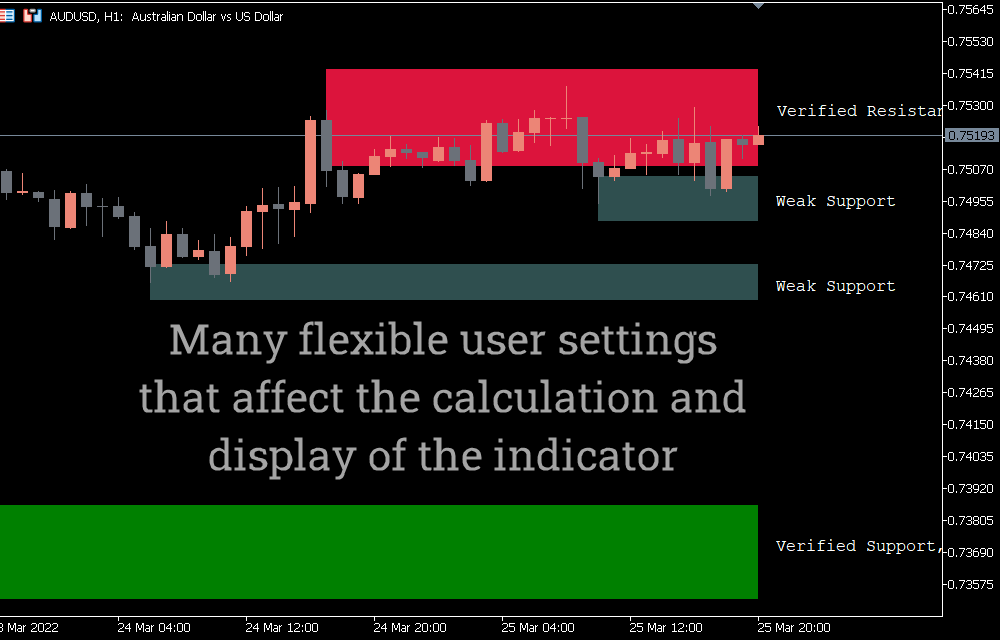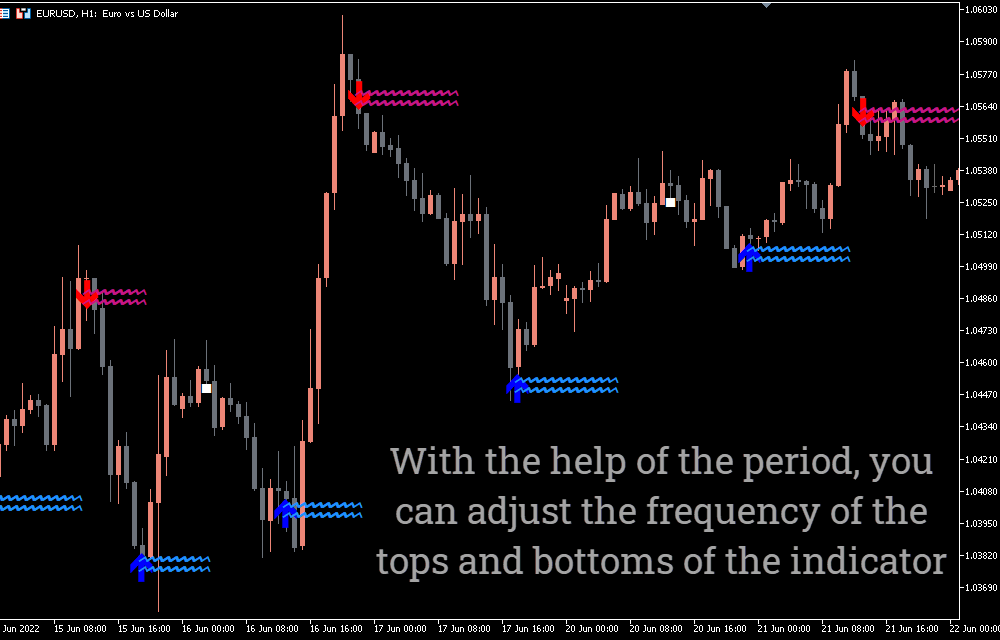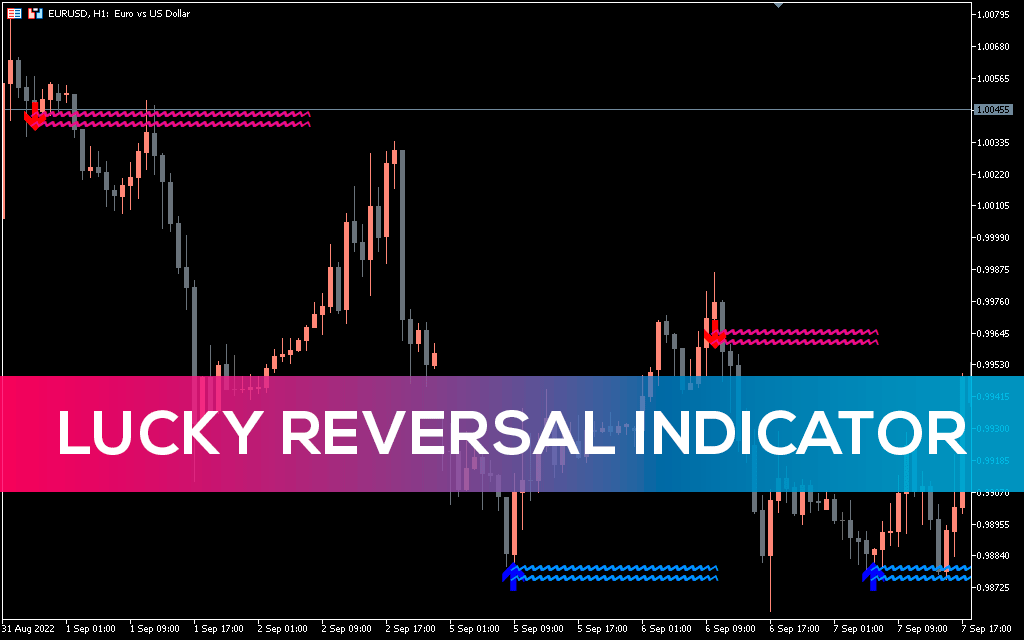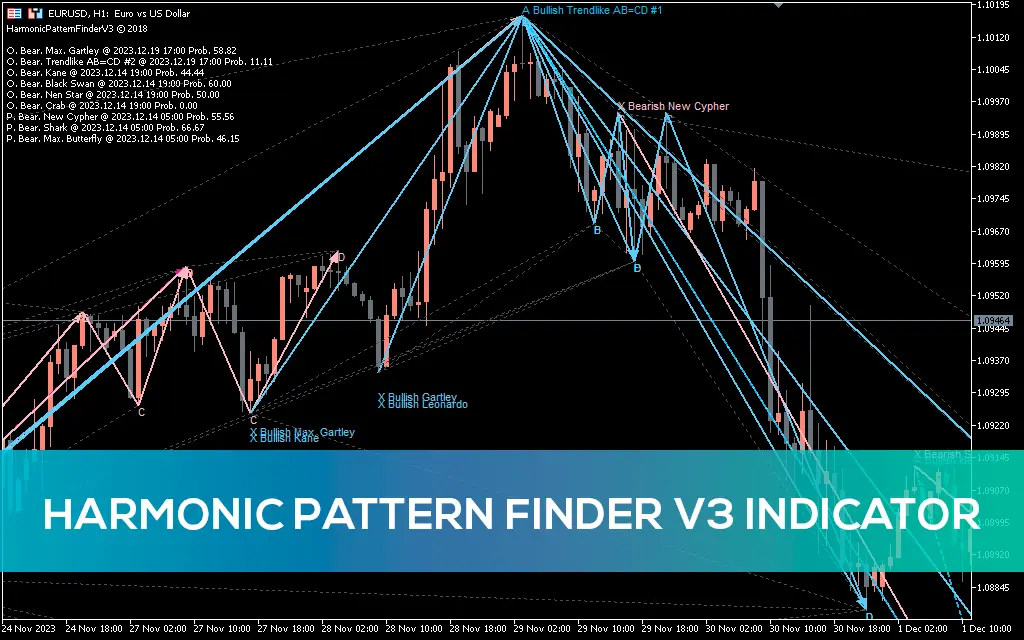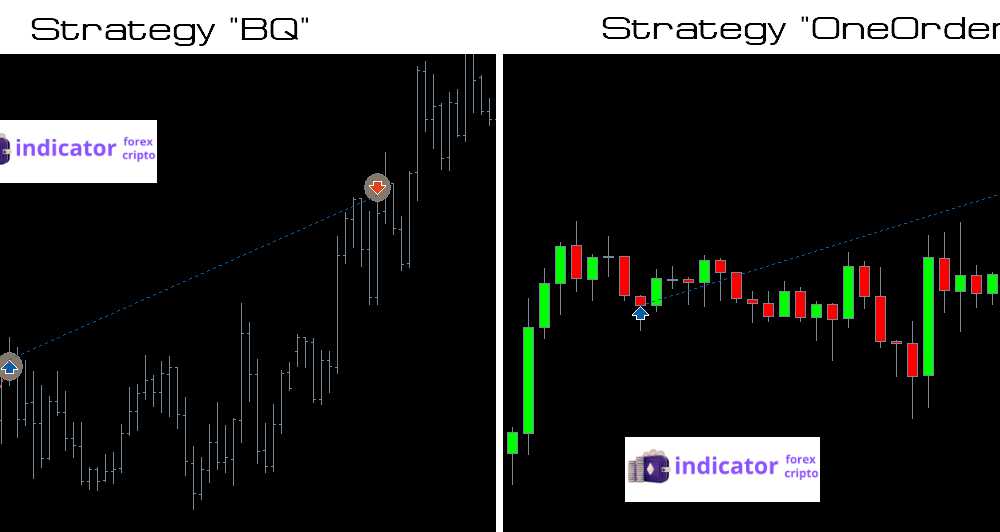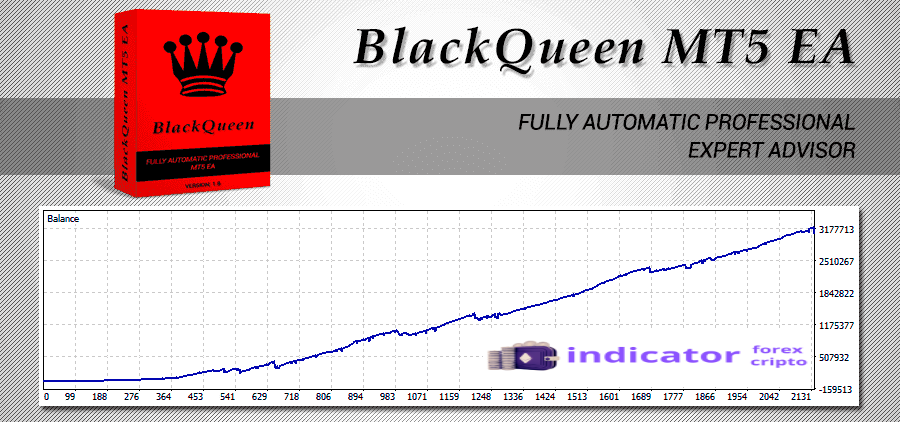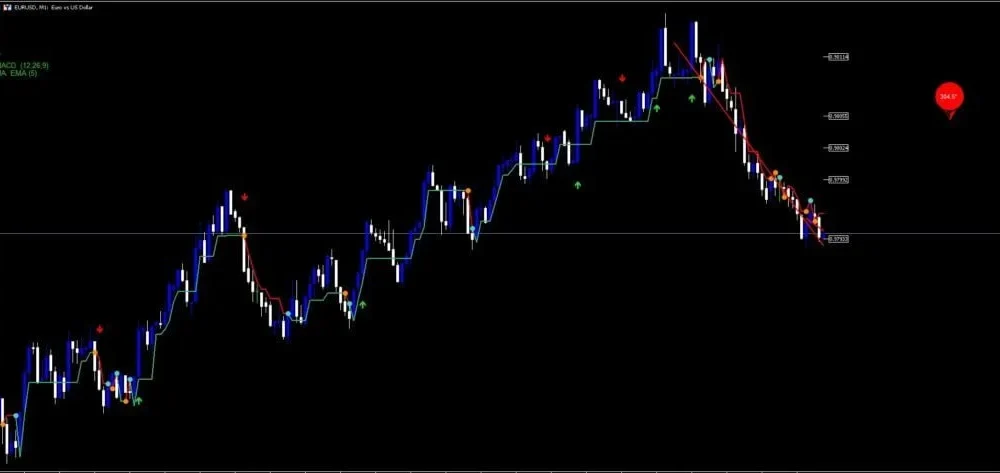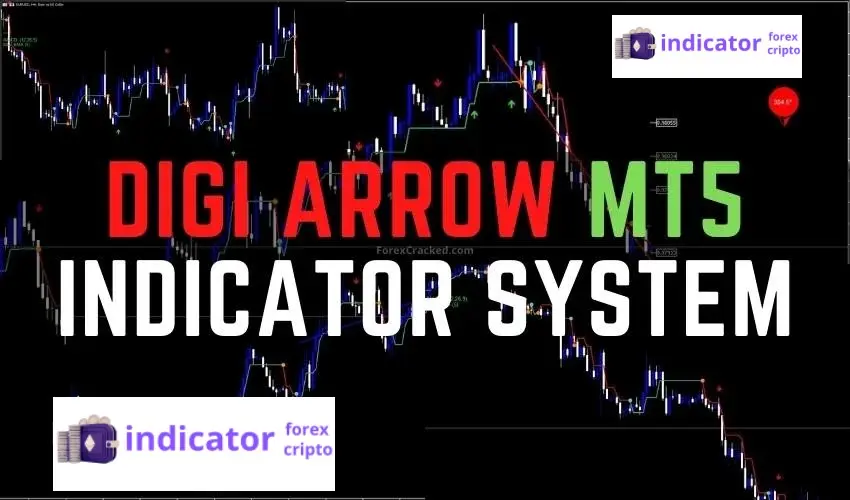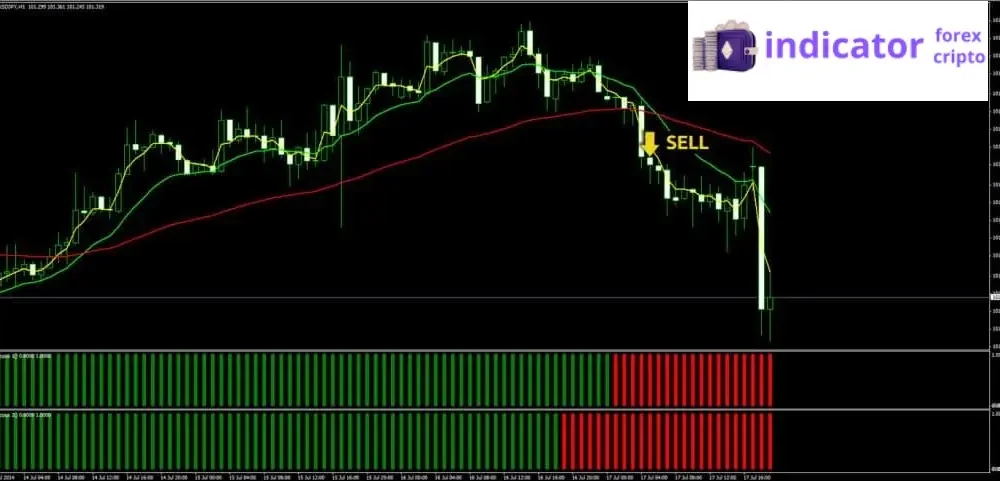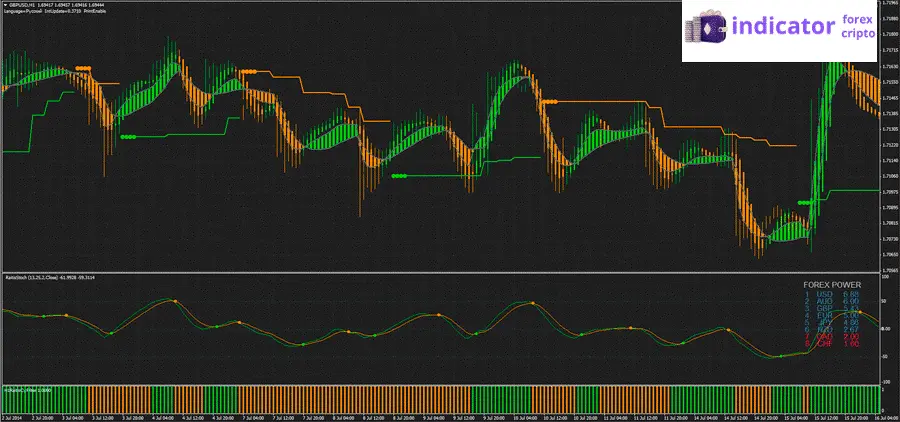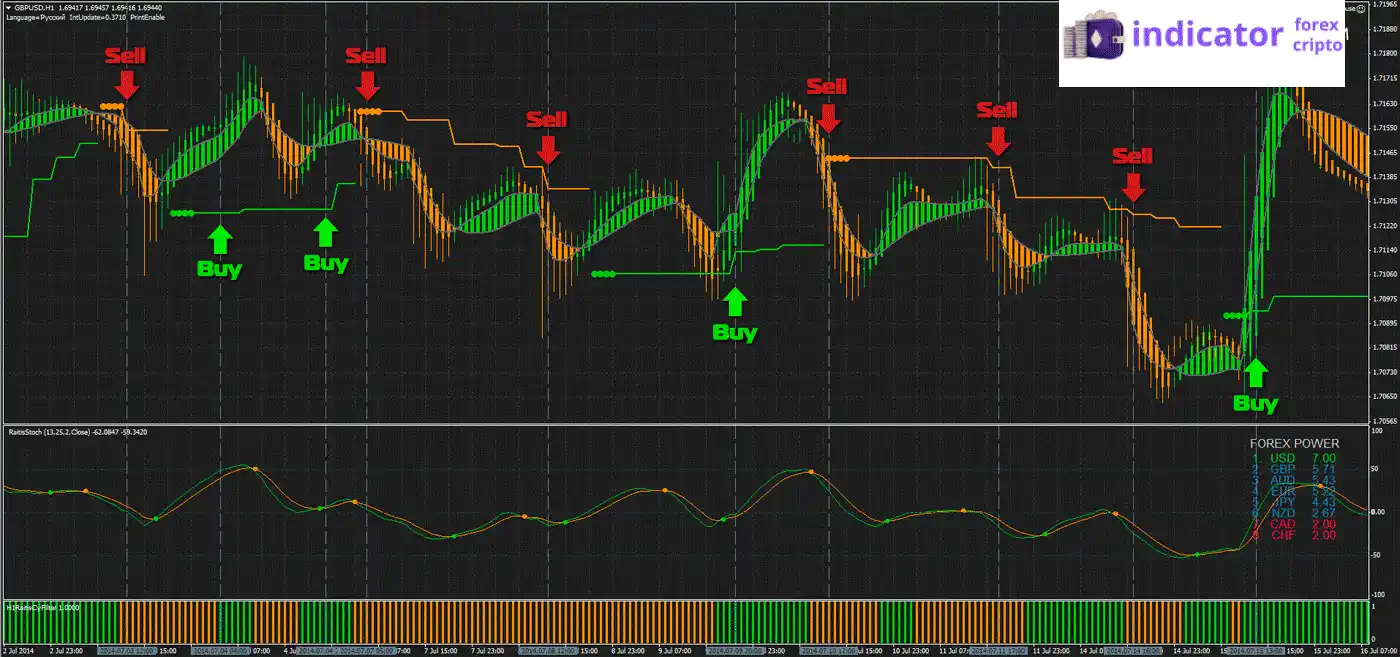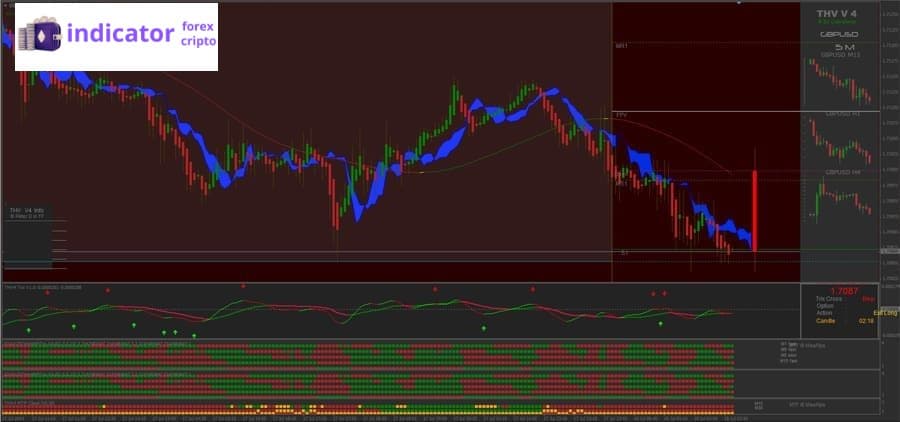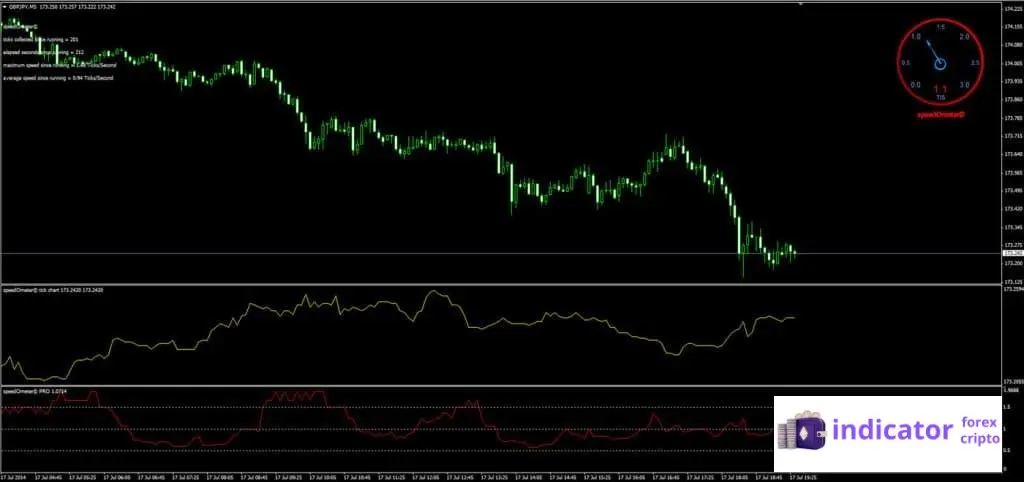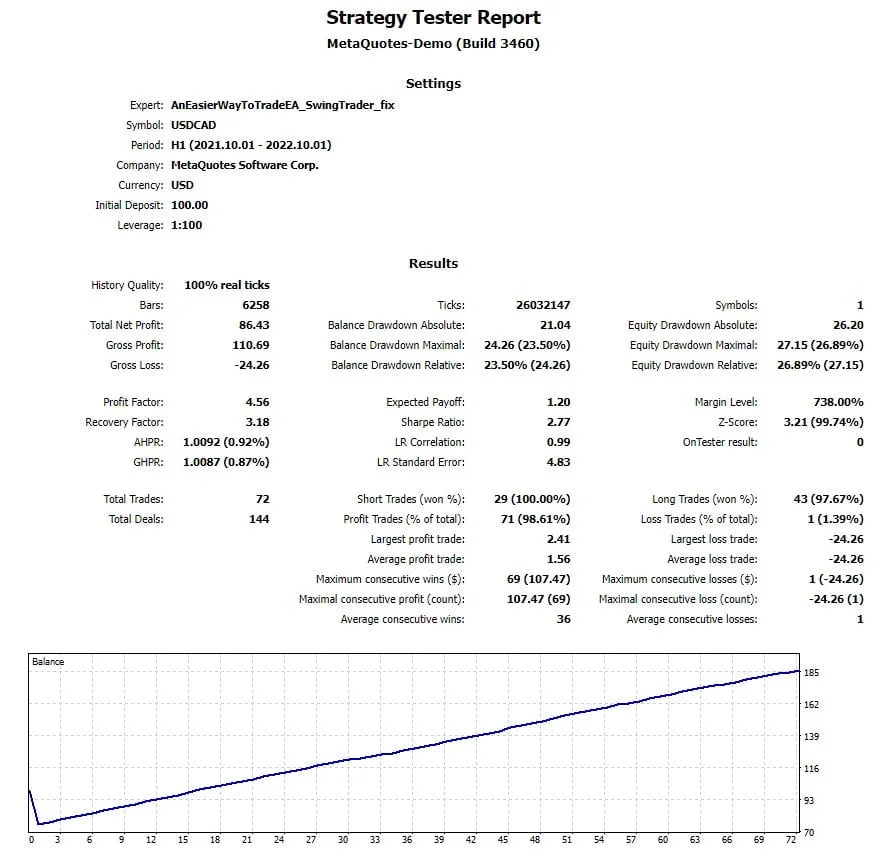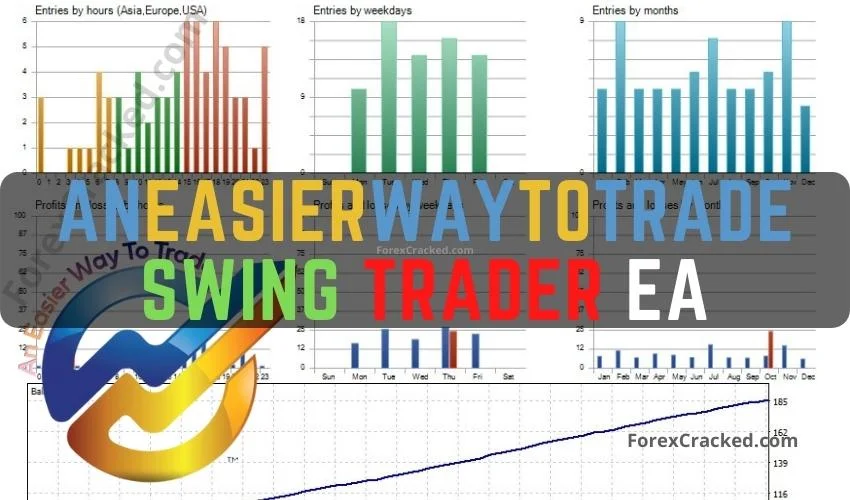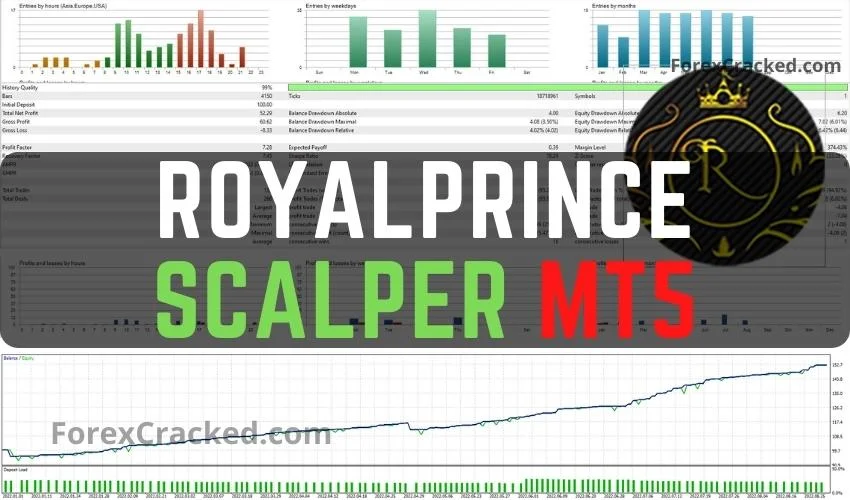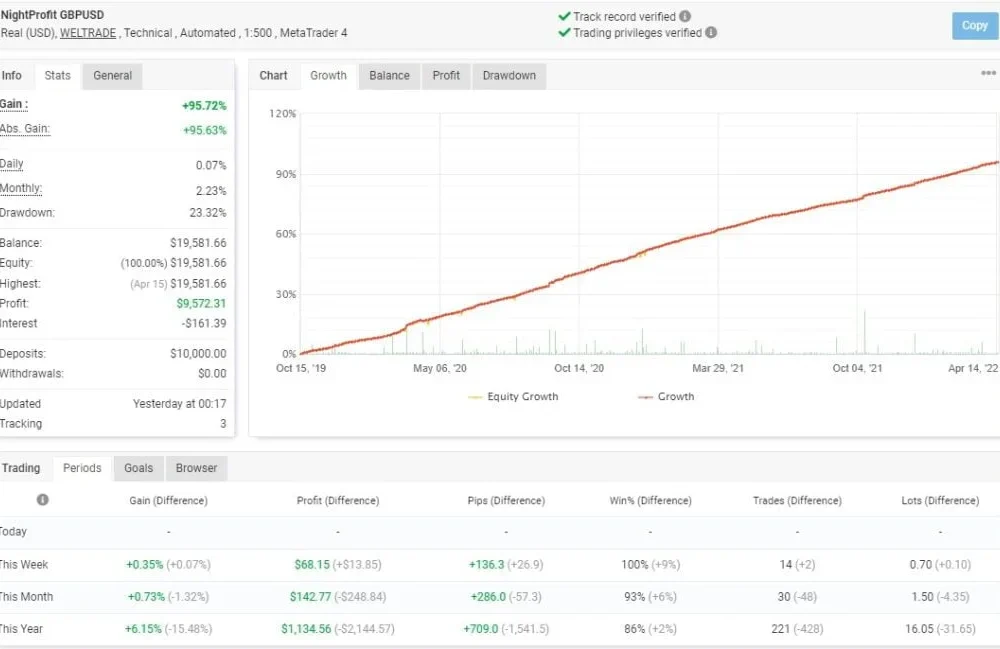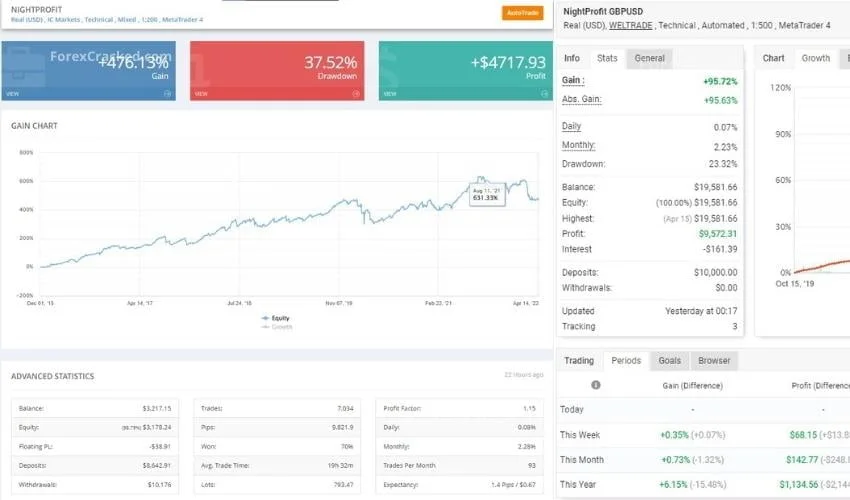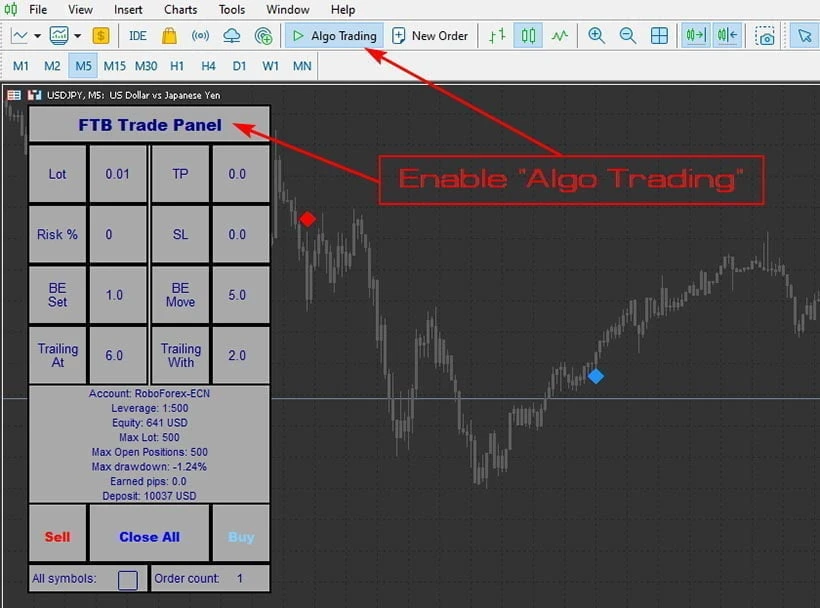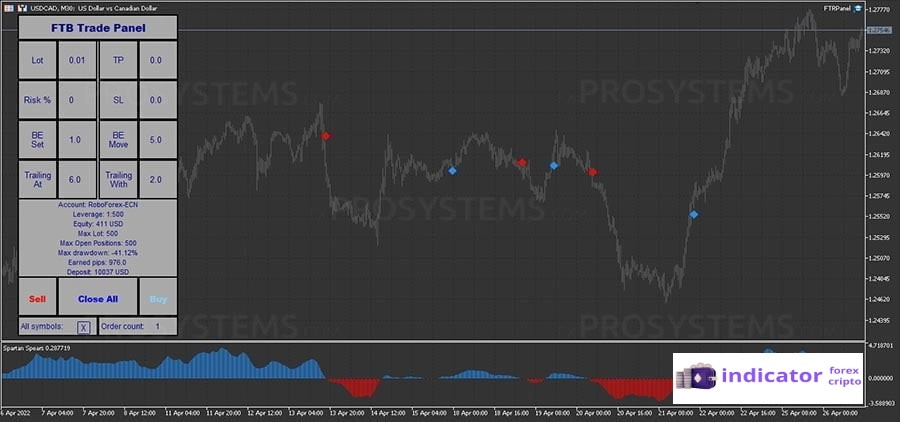INDICATOR FOREX
MACD Average Convergence Divergence, or MACD Divergence, is a phenomenon that occurs when the MACD (Moving Average Convergence Divergence) line and the price line move in opposite directions. This phenomenon may signal a future price trend reversal.
There are two types of MACD divergence:
- Positive MACD divergence: occurs when the MACD line creates a higher bottom than the previous bottom while the price line creates a lower bottom than the previous bottom. This phenomenon shows that the downward price momentum is weakening and may reverse to increase in the future.
- Negative MACD divergence: occurs when the MACD line creates a lower peak than the previous peak while the price line creates a higher peak than the previous peak. This phenomenon shows that the upward price momentum is weakening and may reverse in the future.
MACD divergence is a useful tool for identifying price trend reversal points. However, it should be noted that this is just a warning signal and is not always accurate. Therefore, it is necessary to combine MACD divergence with other technical analysis tools to make appropriate trading decisions.
Here are some notes when using MACD divergence:
- MACD divergence needs to be confirmed by other signals such as MACD and signal line crossovers, breaks of support/resistance levels, etc.
- MACD divergence can occur during strong trends, so caution should be exercised when using it to predict trend reversals.
- The time frame used to analyze MACD divergence also affects the reliability of the signal.
Bollinger Bands is a technical analysis tool used to determine price volatility and potential buy/sell points.
Structure:
Bollinger Bands: Includes 3 lines:
- Moving average (MA): Often use simple MA (SMA) or rolling MA (EMA) with a common period of 20 days.
- Upper band: Located at a distance from the MA line equal to the standard deviation of the price.
- Lower band: Located at a distance from the MA line equal to the standard deviation of the price, opposite to the upper band.
How it works:
- Bollinger Bands Expand: When the price fluctuates strongly, the Bollinger Bands will expand.
- Narrow Bollinger Bands: When price fluctuations are weak, Bollinger bands will narrow.
Using:
- Buy when the price touches the lower band: When the price touches the lower band, it can be a sign that the price is oversold and could bounce up.
- Sell when the price touches the upper band: When the price touches the upper band, it can be a sign that the price has been overbought and could fall.
- Bollinger Divergence: When price and Bollinger bands move in opposite directions, it can be a warning sign of a possible trend reversal.
Note:
- Bollinger Bands are a trading decision support tool, not an exact prediction tool.
- It is necessary to combine Bollinger Bands with other indicators and analyze price charts to get an overall view of the market.
- Buy/sell signals from Bollinger Bands need to be confirmed by other factors before making a trading decision.
The average true range (ATR), or Average True Range, is a technical indicator used to measure price fluctuations over a given period of time. ATR can be applied to any market, including Forex.
How to calculate ATR:
ATR is calculated based on the highest price, lowest price and closing price of a candle. The formula for calculating ATR is as follows:
ATR = (High – Low) + |High – Closing price| + |Lowest – Closing price| / 3
How to use ATR in Forex:
- Determine the level of volatility: ATR helps traders determine the level of volatility of the current market. When ATR is high, the market is highly volatile and vice versa.
- Set stop loss orders: ATR can be used to set stop loss orders for trading positions. The stop loss order is placed at a distance equal to the ATR from the current price to protect the account from risk.
- Determine entry point: ATR can be used to determine trade entry point. For example, a trader can buy when the price surpasses the high of the previous candlestick plus the ATR.
- Risk management: ATR can be used to manage risk in trading. Traders can adjust trading volume based on market volatility.
Notes when using ATR:
- ATR is a lagging indicator, meaning it reflects past price data. Therefore, ATR is not always accurate for predicting future market movements.
- ATR should not be used as the sole tool for making trading decisions. ATR should be combined with other technical analysis tools to get the best results.
Opening price: is the first transaction price made in a Forex trading session. This price is determined by liquidity providers based on current market prices and other factors such as supply and demand.
Closing price: is the last transaction price made during the Forex trading session. This price plays an important role in determining the price trend for the next trading session.
Difference between opening price and closing price:
Opening price:
- It is not guaranteed to match the closing price of the previous trading session.
- May be affected by news events or economic data released at the beginning of the trading session.
Closing price:
- Reflects the trading results of the entire session.
- Used to calculate profit or loss for trading positions opened during the session.
Meaning of opening price and closing price:
Opening price:
- Can provide clues about the direction of the market during the current trading session.
- Can be used to define trading strategies.
Closing price:
- Is the reference price for the next trading session.
- Can be used to identify support and resistance levels.
Note:
- Opening and closing prices are only a small part of Forex market analysis.
- It is necessary to combine other factors such as trend, trading volume, technical indicators, etc. to make effective trading decisions.
Which currency pairs are commonly used in Forex trading?
Forex, or foreign exchange, is the market where participants buy and sell currencies. The most commonly traded currency pairs in forex trading are:
EUR/USD (Euro/US Dollar): This is the most traded currency pair in the world. It represents the exchange rate between the Euro, the currency of the European Union, and the US Dollar, the reserve currency of the United States.
USD/JPY (US Dollar/Japanese Yen): This currency pair is the second most traded in the world. It represents the exchange rate between the US Dollar and the Japanese Yen, the currency of Japan. The Yen is often seen as a safe-haven currency, meaning that investors tend to buy it when they are risk-averse.
GBP/USD (British Pound/US Dollar): This currency pair is also known as the cable. It represents the exchange rate between the British Pound Sterling, the currency of the United Kingdom, and the US Dollar.
AUD/USD (Australian Dollar/US Dollar): This currency pair is also known as the Aussie dollar. It represents the exchange rate between the Australian Dollar, the currency of Australia, and the US Dollar. The Australian Dollar is often seen as a commodity currency, as its price is influenced by the prices of commodities that Australia exports, such as gold and iron ore.
USD/CAD (US Dollar/Canadian Dollar): This currency pair is also known as the loonie. It represents the exchange rate between the US Dollar and the Canadian Dollar, the currency of Canada. The Canadian Dollar is another commodity currency, as its price is influenced by the prices of commodities that Canada exports, such as oil and lumber.
These are just a few of the many currency pairs that are traded in the forex market. Other commonly traded currency pairs include the USD/CHF (US Dollar/Swiss Franc), the USD/CNY (US Dollar/Chinese Yuan), and the NZD/USD (New Zealand Dollar/US Dollar).
Definition of Forex Indicator
Forex Indicator, also known as Forex Technical Indicator, is a market analysis tool used to predict price trends and make more effective trading decisions . These indicators are built based on historical price and trading volume data, helping traders identify trends, determine entry and exit points, and better manage risk.
Meaning of Indicator in the foreign exchange market
- Helps traders identify price trends: Trend indicators can help traders identify current price trends and predict future trends. This helps them make rational buy, sell or hold decisions.
- Warning of overbought and oversold areas: Oscillating indicators can help traders identify overbought and oversold areas of the market. When the market is overbought, a downward price correction may occur. When the market is oversold, an upward price adjustment may occur.
- Providing information to support decision making: Indicator is an effective support tool for traders in making trading decisions. However, traders need to combine the indicator with other factors such as fundamental analysis and risk management to make effective decisions.
There are two main types of Forex Indicators
Trend Indicator: Helps identify current price trends, upcoming trends, and predict the highest (resistance point) or lowest (support point) price within the trend. For example: Moving Average (MA), Exponential Moving Average (EMA), Relative Strength Index (RSI), Ichimoku Kinko Hyo (Ichimoku).
Oscillator: Helps measure price fluctuations and identify overbought or oversold areas of the market. For example: Bollinger Bands (BB), Stochastic Oscillator (SO), Commodity Channel Index (CCI).
Note:
- Indicator Forex is only a prediction support tool, not a 100% accurate trading method. Indicator only provides predictive signals based on past data. The market is always volatile and there is no guarantee that indicator signals will always be accurate.
- You should combine many different Indicators to increase the accuracy of analysis. Do not use a single indicator to make trading decisions. You should combine many indicators to get a comprehensive view of the market.
- It is necessary to clearly understand the operating principles of each Indicator before use. Using indicators effectively requires traders to clearly understand how each indicator works.
- Do not rely too much on the Indicator but need to combine it with other analytical factors such as fundamental analysis, market psychology, etc.
Frequently asked questions
Indicator is a market analysis tool based on historical price data and trading volume, helping to predict potential price direction.
Indicator selection should be based on your specific trading strategy and goals.
Using too many Indicators can complicate the strategy, traders need to consider and control.
Yes, market conditions can affect the performance of the Indicator, traders need to be flexible in changing their strategies.
Learn carefully how to use it, read the strategy techniques and test them before applying them to the real market.
Indicators provide important information and useful trading signals, helping to improve traders’ decision-making abilities.
Accuracy depends on how the Indicator is used and combined with other factors in the trading strategy.
Yes, but newbies need to learn how to use some basic Indicators before expanding their use.
Yes, some indicators are suitable for short-term trading, while others are suitable for long-term trading.
Depends on the type of Indicator, but periodic updates are important to ensure accuracy and best performance.


 Zh
Zh Vi
Vi Ar
Ar De
De Es
Es Ru
Ru Hi
Hi